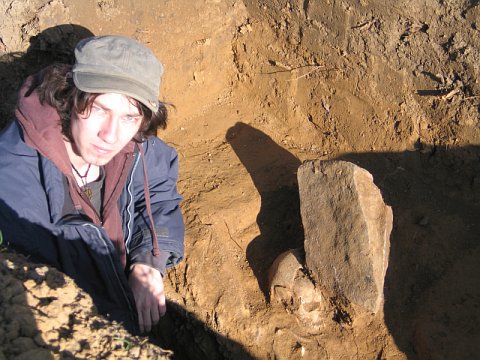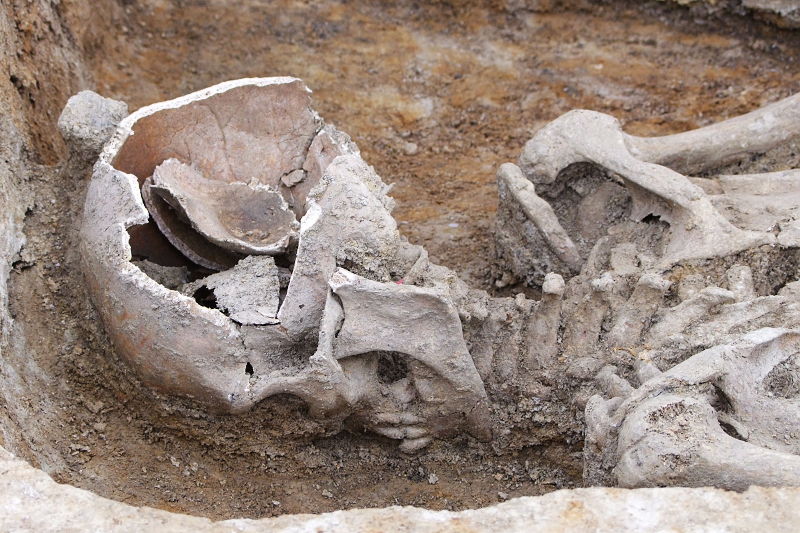 Vampire: Monster - Mythos - Medienstar by Florian Kührer, Mag. Phil. at the University of Vienna with a background in Romanian history, is published by Butzon U. Bercker this June:
Vampire: Monster - Mythos - Medienstar by Florian Kührer, Mag. Phil. at the University of Vienna with a background in Romanian history, is published by Butzon U. Bercker this June:'Die Vampire sind zurück! Ob als blutgierige Monster, aristokratische Einzelgänger, sensible Feingeister oder als Ziel erotischer Schwärmereien - die Grenzgänger zwischen Leben und Tod haben nichts von ihrer Jahrhunderte langen Faszination verloren. Als Geschöpfe menschlicher Phantasie sind sie Spiegel unserer Ängste und Wünsche und zugleich Fenster zu einer anderen Welt. Was ist ihr Geheimnis? Und wo liegt die Grenze zwischen Mythos und Realität? Dieses Buch entwirrt mit kritischem Blick die Motivstränge des Vampir-Mythos und erzählt dabei die Geschichte vom Aufstieg eines Dorfmonsters zu einem der größten Popstars der Moderne.'
 Der Vampir sind wir: Die Erfolgsgeschichte eines unsterblichen Mythos by Rainer M. Köpl is published by Residenz Verlag on September 15. Köpl is professor at the Institut für Theater-, Film- und Medienwissenschaft at the University of Vienna and is probably best known for his contribution to the Vampir Prinzessin documentary which he hosted. The book is advertised this way:
Der Vampir sind wir: Die Erfolgsgeschichte eines unsterblichen Mythos by Rainer M. Köpl is published by Residenz Verlag on September 15. Köpl is professor at the Institut für Theater-, Film- und Medienwissenschaft at the University of Vienna and is probably best known for his contribution to the Vampir Prinzessin documentary which he hosted. The book is advertised this way:'Sie sind zwischen dem Diesseits und dem Jenseits unterwegs, geistern durch die Nacht und beißen schöne Frauen in den Hals. Wunschvorstellungen und Ängste offenbaren sich in der Figur des Vampirs, der als Roman- und Filmstoff Weltruhm erlangte, aber auch in Werbespots, politischen Kampagnen und in der Psychoanalyse zum Einsatz kommt.
Der Wiener Vampirologe Rainer M. Köppl erzählt von der angstvollen Hysterie zwischen Aberglaube und Aufklärung. Er zeigt, wie die Vampire in die romantisch verklärte Literatur flüchteten, im 20. Jahrhundert im Film wiederauferstanden und zu Beginn des 21. Jahrhunderts erfolgreicher denn je agieren. An eindrücklichen Beispielen macht er die Vollkommenheit von Form und Funktion des Vampirs deutlich: als Spiegelbild unserer Phantasien über Sex, Gewalt, Angst, Blut, Tod, ewige Liebe und ewiges Leben.
Eine faszinierende Zeitreise durch die Geschichte eines unsterblichen Mythos.'
Another book that is out in September is Dracula-Mythen und Wahrheiten: Ein Handbuch der Vampire by Christine Klell and Reinhard Deutsch. Published by Styria Im Styria Pichler, this one should be some kind of encyclopaedic handbook:
'Menschen brauchen Mythen: Vampire sind ein ewig junger Stoff, antike und neueste Trivialthemen, Sehnsüchte und Ängste verknüpfen sich in dieser Figur. Schon seit den früh esten Stummfilmen kamen die ersten Vampire, nun haben sie Hollywood endgültig erobert, lassen Jung und Alt in die Kinosäle und Buchhandlungen strömen. Von Erotik bis zu handfesten Machtkämpfen, von Film- und Bühnengeschichten bis zu Bildender Kunst, Comic, Musik, Religion und Literatur reicht das Betätigungsfeld der Blutsauger. Doch wer die Vampire wirklich sind und warum sie keinen kalt lassen – das erzählt dieses enzyklopädische Lese- und Stöberbuch, in dem sogar solche Leser fündig werden, die Bücher sonst scheuen wie der Vampir das Tageslicht ...'
Finally, also in September another reprint of Sturm and Völker's classic anthology Von denen Vampiren oder Menschensaugern is published by Unionsverlag. This is definitely one of the most reprinted books on vampires ever, and deservedly so, although it is somewhat dated now.










